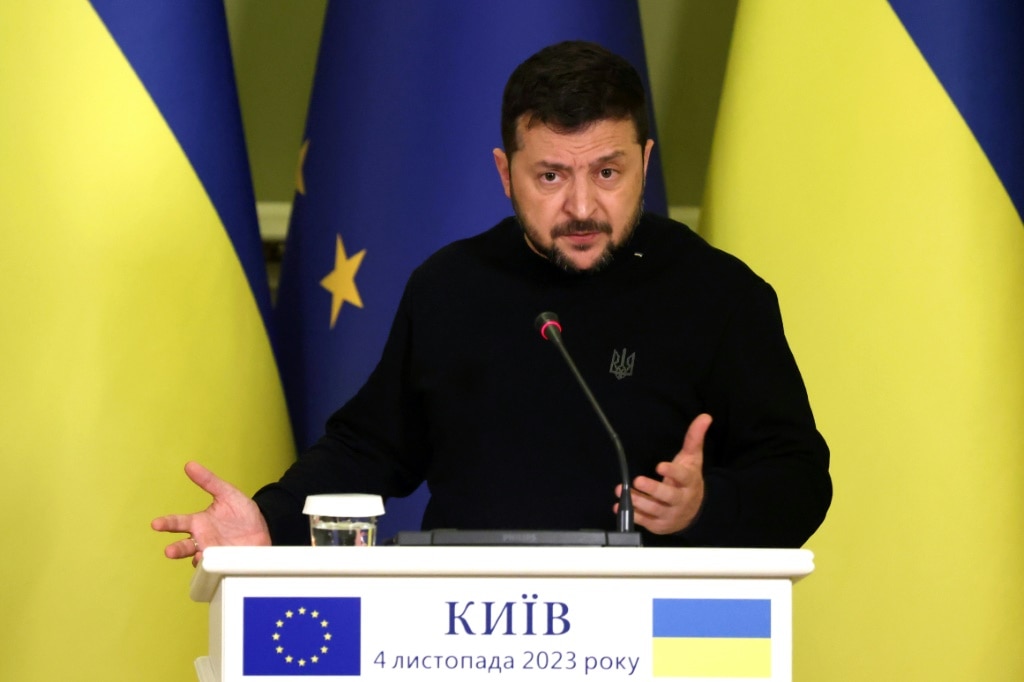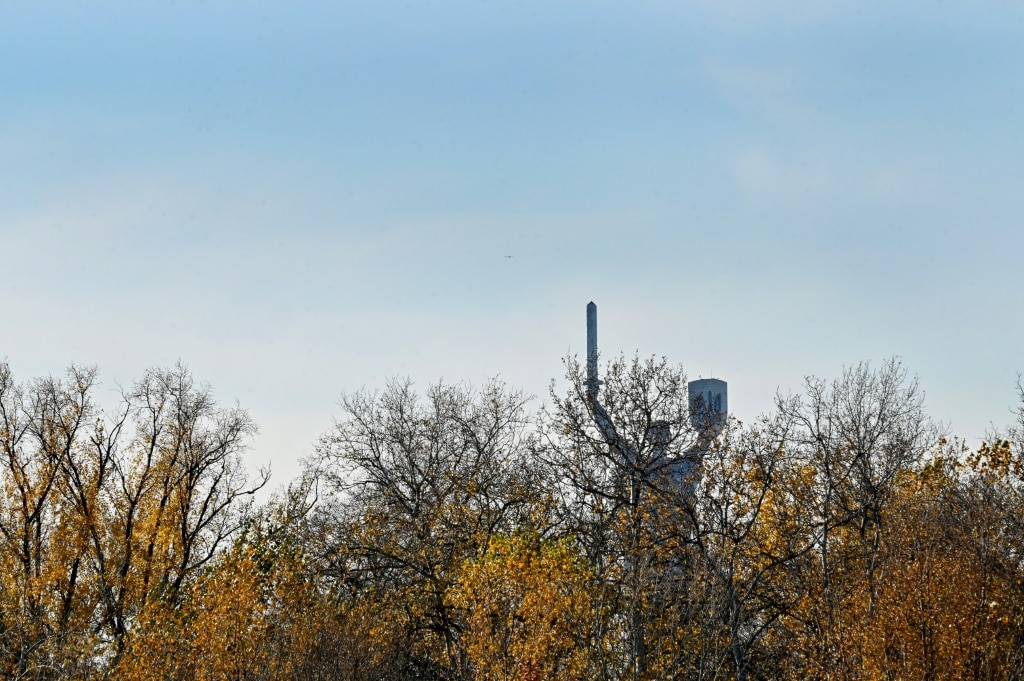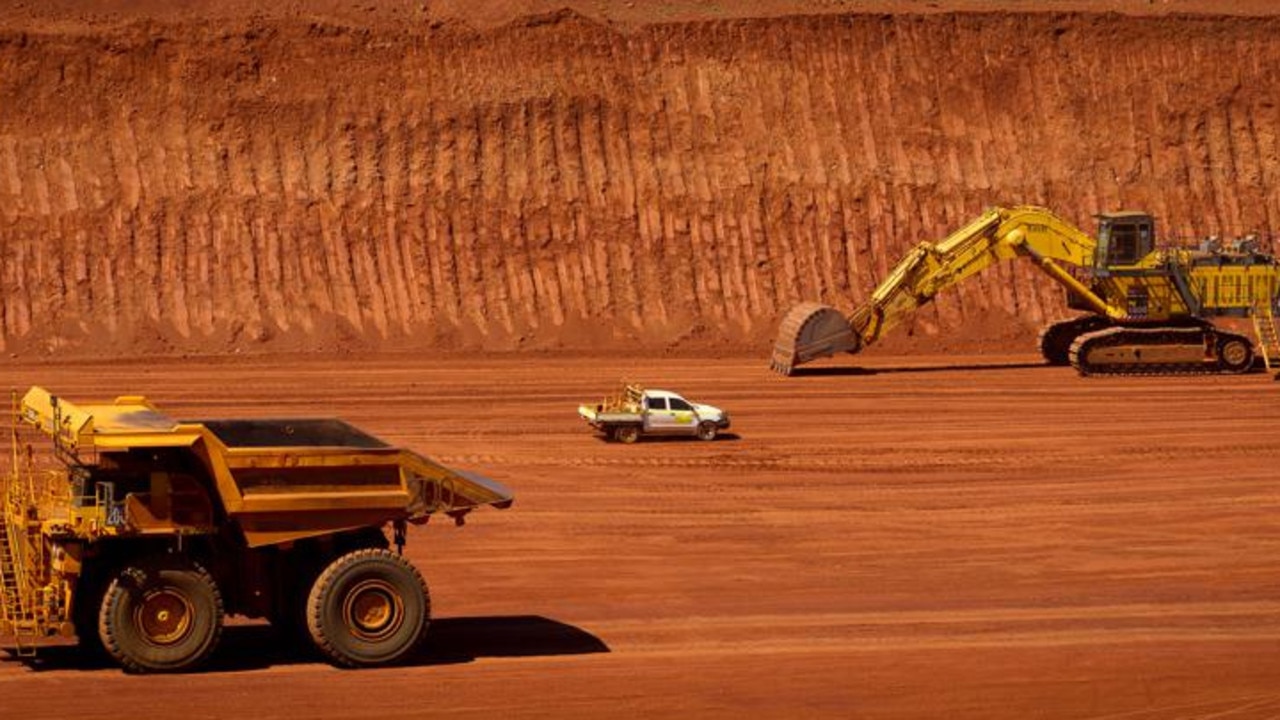Why Ukraine’s stalemate underscores threat of a global flashpoint

The dispute in the US congress over the provision of funding for Ukraine is a reminder that this war still continues unabated, despite having been largely removed from media coverage in recent months because of events in Gaza.
But the funding debate raises the question of whether it is sound policy in the long term for the US and some of its allies to be providing evermore powerful weaponry, including long-range missiles, to Ukraine. Arguably the answer is no if it be accepted that the war is essentially at a stalemate and that any ultimate settlement is unlikely to vary significantly from the parties’ current positions.
There is, of course, a degree of understandable anger in some – although not all – Western nations at Russia’s invasion of Ukraine. But this is not particularly useful in trying to work out how the conflict may be brought to an end.
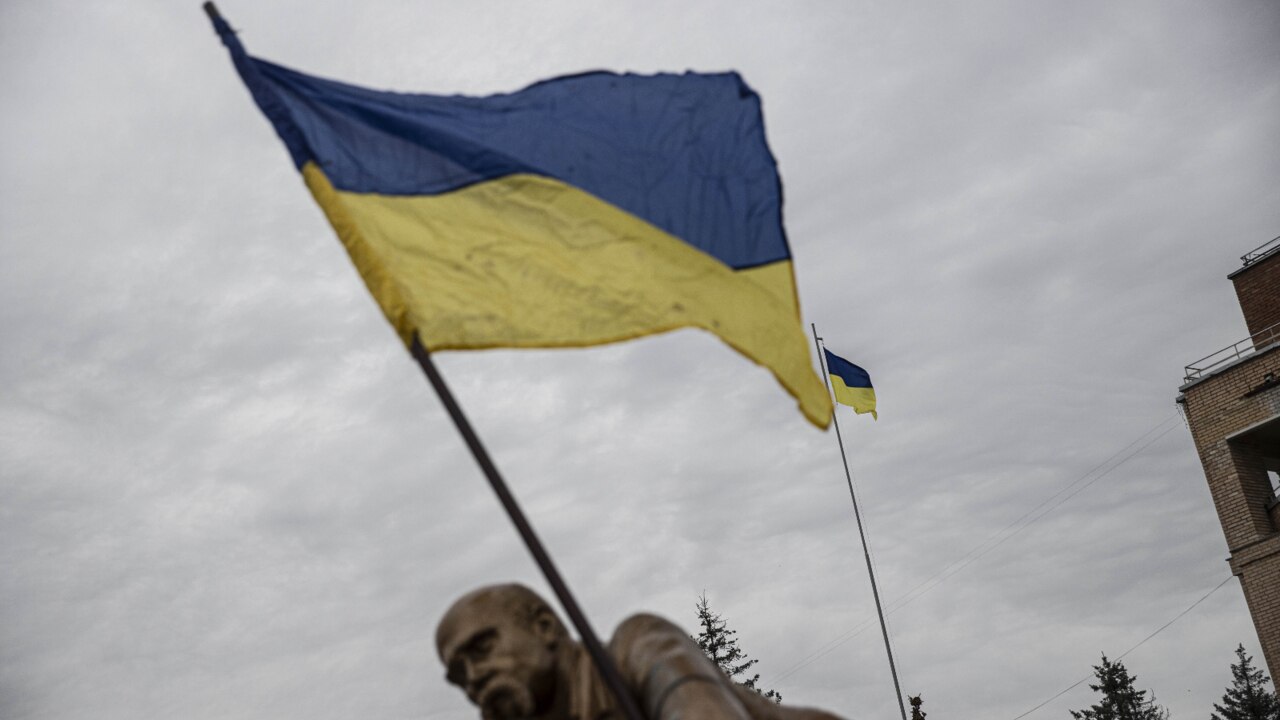
Neither is it useful to recall how the conflict might have been avoided if the US had heeded warnings given to it in the 1990s (which indicated the expansion of NATO was a highly dangerous exercise), and if it had not encouraged and supported the overthrow of the elected Ukrainian government in 2014.
The question for present purposes is what steps can be taken to contain and finally bring an end to the war. It may seem paradoxical but in many ways it is the Russians who are fighting a defensive war at this time as they attempt to maintain possession of territory they have occupied in the southeast corner of Ukraine. This is why there is a real analogy with the fighting on the Western Front in the Great War.
Both sides have entrenched positions and the logistics very much favour whoever is the defender in any given engagement because they are able to inflict serious casualties on opposing troops attacking across open ground.
The town of Bakhmut, for example, has been reduced to a wasteland by these kinds of attacks and counter-attacks but without yielding any significant gain in territory to either side.
One reason for the US to exercise caution in the armaments that it supplies to Ukraine is that the provision of, for example, long-range missiles may influence the Ukrainians to make unrealistic demands in the course of any settlement negotiations.
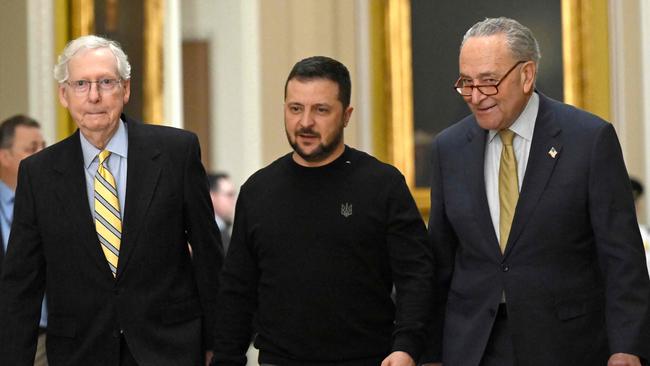
The return of Crimea, annexed by Russia in 2014, would be such a demand, given that it was part of Russia for centuries and really became part of Ukraine by accident on the dissolution of the Soviet Union in 1989. If Crimea is assumed to remain with Russia, the heart of the dispute becomes the allocation of territory in that southeast corner of Ukraine.
There are, however, those in the Biden administration and the congress who don’t take this limited view of the conflict. They see it as a proxy war between the US and Russia with Ukraine supplying the soldiers on the ground and the US and its allies providing the funds and the armaments.
It is hard to see how their agenda of a decisive defeat for Russia could be accomplished unless this is equated with the removal of Vladimir Putin by his own colleagues – an unlikely event on present indications. This is not World War II, when Moscow, like Berlin, could be taken and occupied by foreign troops.
All this raises the question of why some of the administrators and legislators in Washington are so hostile to Russia and were so hostile even before the invasion of Ukraine. It might be thought that the dismantling of the Soviet Union and its domination over eastern Europe would mark the end of the Cold War, but the US embarked on an expansion of NATO up to the borders of the new Russian state.
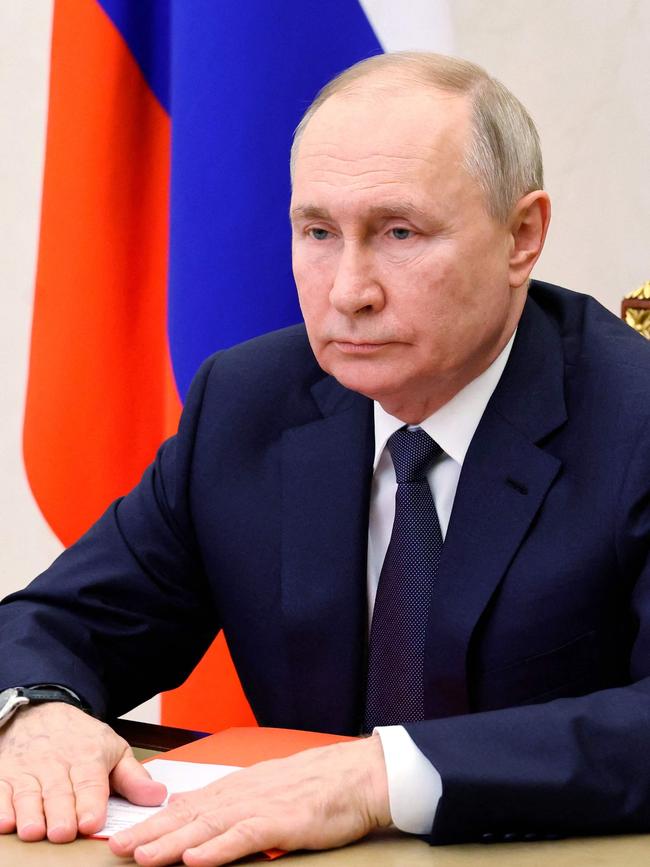
This was at a time in the 1990s and into the 2000s when Russia posed no threat to western or eastern Europe. Even during the height of the Cold War period in the 1950s and ’60s, most of the evidence now suggests, the Soviet regime was content to maintain its control in eastern Europe and had no further territorial designs.
The war in Ukraine also should focus minds in Washington on what might happen if China ever attempted to take over Taiwan by force. That would not be a proxy war where the US could rely on the Taiwanese to successfully resist Chinese aggression.
It would then be necessary for the US – and its allies, such as Australia – to decide whether Taiwan was worth the risk of a full-scale conflict between superpowers.
Michael Sexton’s latest book is Dissenting Opinions.
More Coverage
Read related topics:Russia And Ukraine Conflict

